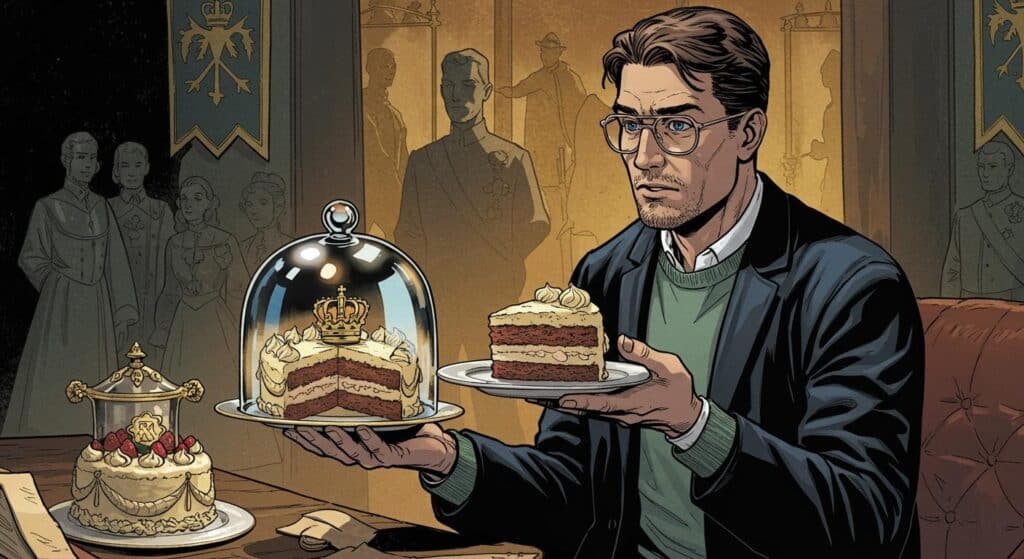Let me set the scene: It’s the third British heatwave of the summer. People are melting into their sofas, ice-cream vans have lines resembling passport queues, and—somewhere at Loughborough University—a scientist is splattering Greek yogurt across his window. Comfortable summer pastime, or has academia finally run out of things to research? As reported by BBC News, this is, in fact, a real experiment—one that resulted in yogurt-laden windows cooling houses by up to 3.5°C.
Yes, yogurt. As in the breakfast staple. As in “Who ate my Oikos?” That yogurt.
Yogurt as Sunscreen: The Unexpected Cooling Agent
According to the BBC’s summary, Dr Ben Roberts, a senior lecturer in healthy buildings at Loughborough University, credited the genesis of this idea to a brainstorming session with Tom Greenhill, author of the Heatwave Toolkit website. Both were searching for inexpensive, low-tech ways to keep homes from turning into impromptu saunas. The result? Greek yogurt—specifically, supermarket-brand, 10% fat content—became the star material in a practical test of shade-providing substances.
BBC News explains that the procedure was refreshingly straightforward: two identical test houses were set up at Loughborough University, one with windows coated in yogurt, the other left as a control. The findings indicated that the yogurt house maintained a lower indoor temperature on average—about 0.6°C cooler, but achieving up to 3.5°C less on particularly sunny days. Roberts himself admitted surprise at the method’s effectiveness, sharing with the outlet that he hadn’t expected yogurt to compete with stalwarts like tinfoil, which, as also described in the BBC’s reporting, managed temperature drops of up to 5 or 6°C.
The yogurt’s mechanism is elegantly humble. As summarized by Dr Roberts and relayed through the BBC, a thin, light-colored film of yogurt reflects incoming solar radiation, meaning not as much heat passes through the window. The scientist further assured BBC News that any stereotypical dairy scent was fleeting—gone within 30 seconds as the yogurt dries. This information, perhaps, is a comfort for those who want a cool house without neighbors mistaking it for an avant-garde cheese shop.
Food for Thought (And for Windows?)
The BBC article also quotes Dr Zoe De Grussa of the Chartered Institute of Building Service Engineers, who notes, with endearing understatement, that this “is not your everyday hack.” Still, she supports the principle: anything that blocks sunlight from the outside has value in keeping residential interiors tolerable. So, if you ever encounter windows shimmering with a faint yogurt glaze, you’re simply seeing heat mitigation in action—albeit the variety less likely to appear in a home décor magazine.
The choice of Greek yogurt was no accident, as the experimenters told the outlet: its thickness and opacity provided just the right blend of reflectivity and adherence. Of course, one has to wonder if other household foods are due their time in the architectural spotlight. Could hummus double as a roof coating? Is there a future for peanut butter as insulation? For now, the BBC only confirms the culinary window approach—other culinary construction techniques are pure speculation.
It’s noteworthy that the principle at play here—blocking or reflecting sunlight to prevent overheating—has serious implications. Dr Roberts, as cited by the BBC, remarked on the health impact of excess summer heat, pointing out that large numbers of excess summer deaths could be mitigated by simply keeping homes cooler. The oddity of the tool, then, doesn’t negate its value.
Not All Yogurt Solutions are Created Equal
Practicality checks are always in order before anyone gets too enthusiastic with their own refrigerator inventory. The BBC details that the yogurt used in the experiment had a fat percentage of about 10%, a fact that might discourage anyone considering a quick patch job with low-fat alternatives. There’s also the reminder, drawn from the same report, that tinfoil outperformed yogurt in providing temperature relief—so if you favor easier cleanup and higher effectiveness, the classic standbys retain their crown.
For anyone eager to tell skeptics “it’s science,” you can refer to both Dr Roberts and his PhD student collaborator, Niloo Todeh-Kharman, as documented in the original coverage. No need to invent new authority figures at your next neighborhood association meeting.
When Science Gets Curious
There’s a quiet delight in this entire episode—one neatly captured by the BBC’s matter-of-fact approach to reporting. It’s curious, unpretentious, and faintly comedic. Public health and personal comfort are legitimate reasons to experiment, even if the result seems destined for the “weirdly plausible” file.
Would you be willing to slather your windows in Greek yogurt to stave off the summer swelter? Or will you hold out for the next improbable, affordable innovation? As the underlying thread in the BBC’s coverage suggests, sometimes, thinking outside the box—or fridge—isn’t as outlandish as it first appears.
At the very least, the next time someone asks for “one weird trick” to keep their house cool, you’ll have a response both supported by research and fit for a breakfast table.







